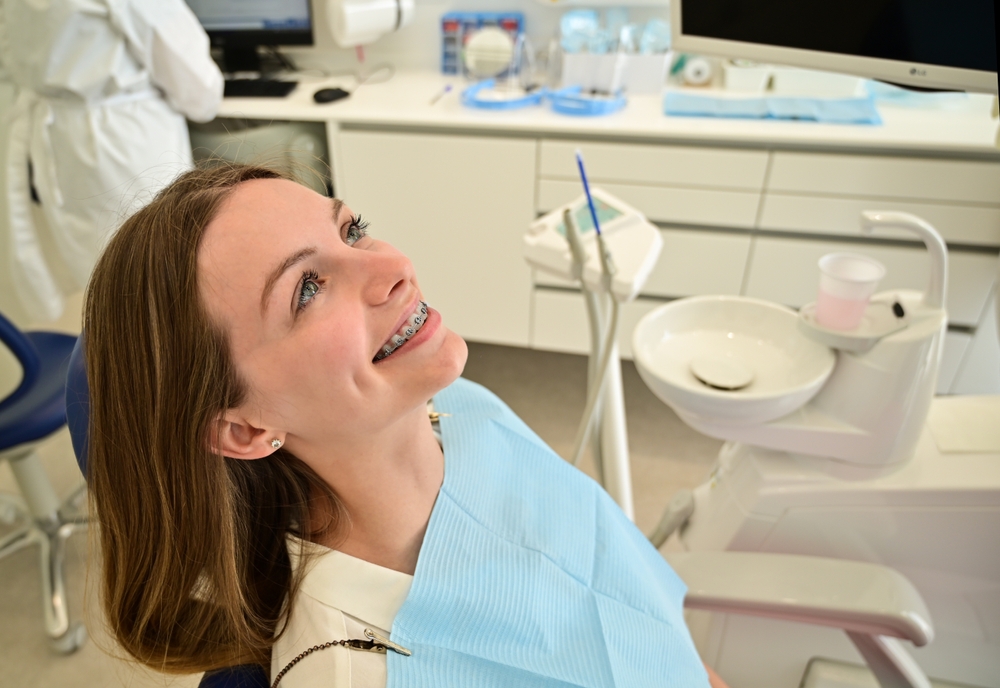
Continuous positive airway pressure (CPAP) is a popular treatment for sleep apnea, but it’s not always as effective as it could be. Here, learn some simple tips that can maximize the benefits of your therapy so you can enjoy better health.
Obstructive sleep apnea (OSA) is a chronic breathing condition that interrupts your breathing multiple times a night — sometimes hundreds of times. Often, these interruptions are so brief you won’t know they’re happening, but they can still take a huge toll on your health.
Affecting as many as 30% of adults, OSA increases the risks of cardiovascular disease, hypertension, stroke, depression, and type 2 diabetes. Many people benefit from continuous positive airway pressure (CPAP) therapy, but it doesn’t always offer optimal benefits for every patient.
At Volterra Dental, Richard Blackburn, DMD, MA, helps patients get the most from their CPAP therapy with custom oral sleep appliances designed to optimize airway function without surgery or other invasive treatments. If you use CPAP, here’s how to get the most from your therapy.
CPAP 101
OSA happens when the tissues in the back of your throat relax and descend into your airway while you’re sleeping. While many people who have OSA snore, others have no noticeable symptoms and only find out they have the condition when a sleeping partner noises the breathing interruptions or when a healthcare provider diagnoses them.
OSA tends to become more common as you get older, and it also happens more often in people who are overweight, who have large neck sizes, in those who have a family history of OSA, and also among people who smoke, drink, or use sedatives or sleep medications.
CPAP devices work by supplying your airway with a steady stream of air that helps keep it open. The air is delivered via a mask that fits over your nose and mouth. While the device can be helpful, it’s important to use it properly to get the most benefits.
1. Use It Consistently
Obviously, your CPAP device is only beneficial when you use it. That means wearing your CPAP mask every time you sleep, whether that’s at night or during a daytime nap.
You also need to be ready to take your device with you when you travel. Wearing your mask every time you sleep ensures that your breathing normalizes during sleep and helps you adjust to the way the device feels, especially when you first begin using it.
2. Make Sure Your Mask Fits
CPAP masks come in different shapes and sizes. If one mask isn’t comfortable or doesn’t seem to work for you in other ways, ask your provider about alternatives.
A good fit is also important to prevent air leakage and poor results. If your mask is too loose or pinches in any way, ask your provider for a refitting or an entirely new mask type.
3. Clean the Device Regularly
CPAP appliances need to be cleaned regularly to ensure they work properly. Most importantly, regular cleaning removes germs that could otherwise build up inside your mask or tubing, leading to respiratory infections.
Your device will come with detailed cleaning instructions, so be sure to follow them closely. Cleaning also allows you to examine your equipment and replace any worn components.
4. Use an Oral Appliance
Dr. Blackburn offers oral sleep appliances designed to gently shift your jaw position slightly forward while you sleep. These devices help keep your airway open, which in turn enables your CPAP device to be used more effectively.
If CPAP is too uncomfortable for you, you may benefit from using an oral device alone. Dr. Blackburn can work with your sleep physician to ensure your OSA needs are being met based on which option works best for you.
5. Use CPAP Accessories
Many people find CPAP therapy leaves their mouth and throat uncomfortably dry. If that’s you, ask your provider about a special humidifier designed to be used alongside the CPAP device to help moisten the air before it enters the mask.
If you find the mask cumbersome while sleeping, consider a CPAP pillow. These pillows are designed specifically for CPAP users and provide special support to accommodate your mask and tubing.
6. Be Patient
CPAP therapy alters the way you’re used to sleeping, and it can definitely take some time to adjust. Be patient with yourself and work with your sleep doctor and Dr. Blackburn to find an OSA management solution that works for your health needs and your sleep comfort, too.
Learn More About Managing OSA
OSA is surprisingly common, but that doesn’t mean it’s OK to ignore it. Without proper treatment, OSA can cause serious complications.
To learn how an oral sleep appliance can help you breathe better and improve your overall wellness, request an appointment online or over the phone with Dr. Blackburn and the team at Volterra Dental in Los Alamitos, California, today.

